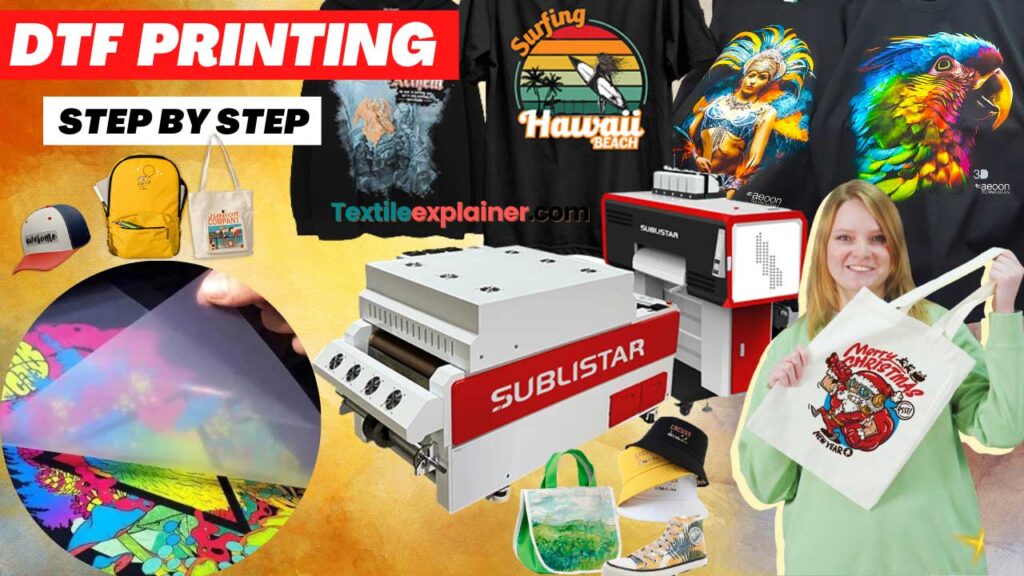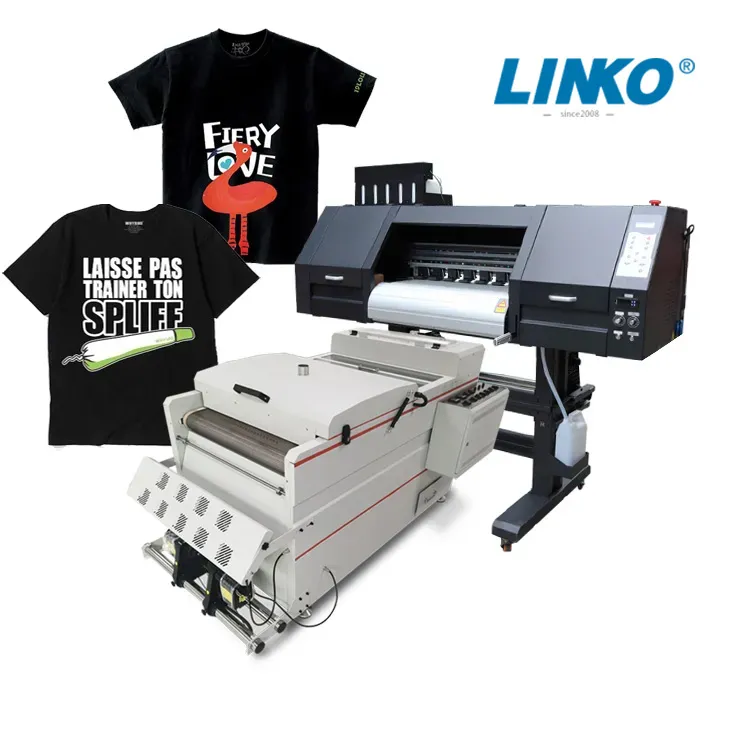Innovative DTF Printing Solutions: Enhance Your Apparel with Direct-to-Film Innovation
Innovative DTF Printing Solutions: Enhance Your Apparel with Direct-to-Film Innovation
Blog Article
The Future of Style: Checking Out DTF Printing Technology in the Fabric Market
Among these improvements, Straight to Film (DTF) printing innovation has actually arised as a promising competitor, offering distinct abilities and possibilities for designers and producers alike. This innovative printing approach has actually triggered interest due to its potential to transform conventional fabric printing procedures.
Evolution of Fabric Printing
From the ancient human beings making use of methods like block printing to the digital change of today, fabric printing has consistently pressed boundaries. As the craft spread to various other components of the world, brand-new techniques such as screen printing and roller printing arised during the Industrial Revolution, changing the textile industry.
In the 20th century, advancements in modern technology brought about the growth of rotary display printing, permitting faster and more detailed styles. The intro of digital fabric printing in the late 20th century marked a significant change towards even more sustainable and functional printing methods. Today, with technologies like Direct-to-Fabric (DTF) printing innovation, developers can produce vivid, comprehensive prints with greater effectiveness and lowered environmental impact. The development of fabric printing showcases a rich background of creativity, ingenuity, and technical progress in the globe of fashion and style.
Benefits of DTF Innovation
With the evolution of fabric printing techniques from ancient approaches like block printing to modern advancements such as electronic printing, the introduction of Direct-to-Fabric (DTF) modern technology has actually considerably boosted the efficiency and sustainability of fabric printing procedures. One of the main advantages of DTF technology is its capability to straight publish styles onto fabric without the requirement for transfer documents, which lowers waste and simplifies the production procedure. Additionally, DTF printing enables better shade vibrancy and detail accuracy compared to typical methods, enabling textile producers to create top quality and complex styles with convenience.
Moreover, DTF technology is known for its adaptability, as it can be made use of on numerous kinds of textiles, consisting of natural fibers like silk, wool, and cotton, along with artificial materials such as polyester and nylon (DTF Printing). This adaptability opens a vast variety of possibilities for developers and makers to experiment with various appearances and materials, resulting in even more cutting-edge and distinct items in the garment industry. Generally, the implementation of DTF modern technology stands for a significant advancement in fabric printing, providing countless benefits that contribute to the future sustainability and creative thinking of the industry
Sustainability in Style Production
Stressing green methods is paramount in modern fashion production, aligning with the growing customer demand for lasting products. In recent click now times, the fashion business has dealt with increasing examination due to its considerable ecological impact, consisting of excessive water use, chemical air pollution, and textile waste. As a feedback, many style brand names are now integrating lasting practices right into their manufacturing processes to decrease harm to the atmosphere.
Sustainability in vogue production includes numerous aspects, such as utilizing recycled and organic products, reducing energy usage, applying honest labor practices, and promoting openness throughout the supply chain. Additionally, improvements in modern technology, like DTF printing, offer chances to further improve sustainability in fabric production. This technology makes it possible for exact printing on fabrics, decreasing ink waste and water use compared to conventional printing approaches.
Style Liberty and Customization

Additionally, DTF printing find helps with modification on a scale formerly unattainable, permitting for customized apparel and distinct items customized to individual choices. Overall, DTF printing innovation changes the design landscape in the fabric sector, offering limitless opportunities for creative expression and individualized style.
Impact on Supply Chain & Market Trends
DTF printing technology in the fabric sector is improving supply chain dynamics and influencing market trends via its performance and modification abilities. By allowing on-demand printing and eliminating the need for huge supplies, DTF innovation improves the supply chain process.
Moreover, the modification capacity of DTF printing innovation is revolutionizing the marketplace patterns in the textile industry. Customers progressively look for one-of-a-kind and individualized items, and DTF enables brands to supply custom designs cost-effectively. This modification ability not just improves customer satisfaction yet likewise opens up brand-new opportunities for organizations to cater to particular niche markets and distinguish themselves from rivals. As an outcome, DTF technology is driving a change towards more ingenious and customer-centric approaches within the fabric industry, forming the future of fashion.

Conclusion
Finally, DTF printing technology is reinventing the fabric industry by using countless benefits such as style customization, flexibility, and sustainability. This ingenious innovation is improving the future of fashion production, affecting supply chains, and driving market fads in the direction of more efficient and environment-friendly methods. As the market remains to advance, DTF printing will play a vital duty fit the means textiles are produced and consumed in the years to find.
From the old civilizations using techniques like block printing to the digital transformation of today, textile printing has continuously pressed limits. As the craft spread to various other parts of the globe, brand-new approaches such as display printing and roller printing arised throughout the Industrial Change, changing the fabric market.
The introduction of digital textile printing in the late 20th century marked a substantial change his comment is here towards more sustainable and versatile printing approaches.With the evolution of fabric printing strategies from ancient approaches like block printing to contemporary innovations such as electronic printing, the intro of Direct-to-Fabric (DTF) modern technology has considerably improved the efficiency and sustainability of textile printing procedures (DTF Printing).In reaction to the crucial shift in the direction of sustainability in style production, the fostering of ingenious technologies like DTF printing not just addresses environmental concerns yet also opens up methods for unmatched style freedom and personalization in the textile sector
Report this page